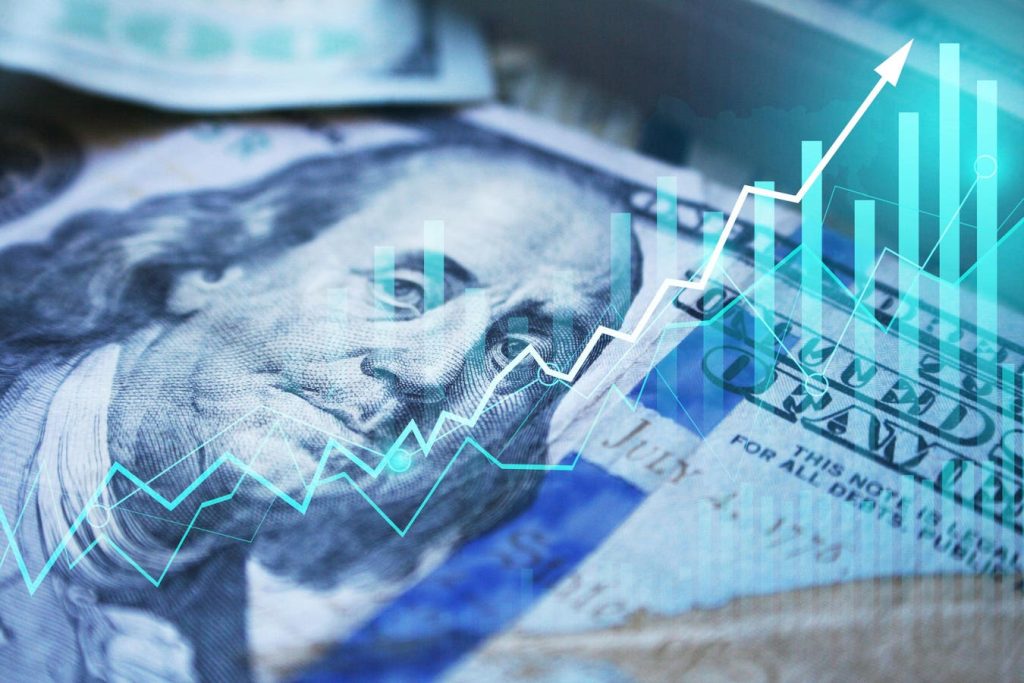Modern economic thinking emphasizes the importance of interest rates in controlling inflation, but the reality is that inflation is more closely tied to the quantity of money in circulation rather than interest rates. A shortage of money can lead to deflation, even with low interest rates, while an abundance of money can result in inflation, regardless of high interest rates. In essence, it is the money supply that determines the path of inflation, not interest rates.
While many focus on the Federal Reserve’s decisions regarding interest rates, the bigger question lies in its actions related to money supply. By tightening money supply through reducing the balance sheet and selling bonds, the Federal Reserve has effectively curbed inflation. However, the recent decision to cut back on tightening, or essentially burning money, may lead to financial challenges for some, similar to what Silicon Valley Bank experienced.
One key indicator of excess money in the system is the “reverse repo” facility balance, which reflects the amount of money banks are unable to utilize and leave with the Fed for safekeeping. This balance correlates with inflation levels, particularly in the context of economic interventions aimed at mitigating the impacts of Covid. With the Federal Reserve slowing down its balance sheet reduction, there appears to be an effort to maintain a surplus of money in the economy, potentially to offset risks related to the U.S. economy, upcoming elections, or fiscal deficits.
The shift towards a more neutral stance by the Federal Reserve could have implications for investors, as excess money not only drives price inflation but also asset price inflation. This could create favorable conditions in the markets, at least until November, potentially leading to a bull market where even novice investors appear successful. Ultimately, the focus on managing money supply, rather than just interest rates, is crucial in maintaining economic stability and preventing inflationary pressures in the long run.













